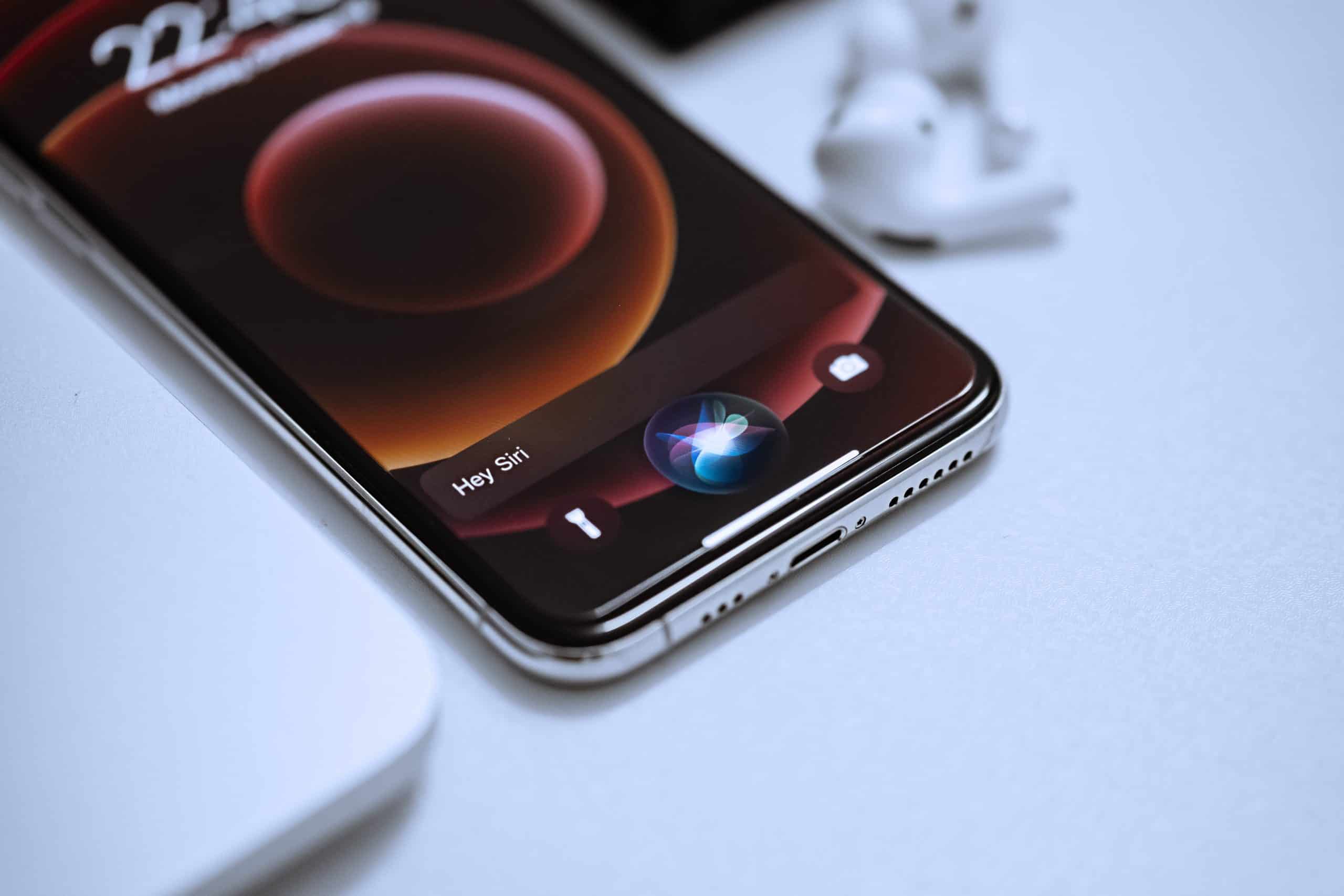There are four types of artificial intelligence: reactive machines, limited memory, a theory of mind and self-awareness.
1. Reactive Machines. The most basic types of AI systems are purely reactive and have the ability neither to form memories nor to use past experiences to inform current decisions. This type of AI doesn’t have any concept of the past, nor any memory of what has happened before. It ignored everything except for the present moment. An example of this kind of AI is IBM’s Deep Blue, IBM’s chess-playing supercomputer, which beat international grandmaster Garry Kasparov in the late 1990s, is the perfect example of this type of machine. Deep Blue can identify the pieces on a chessboard and know how each moves. It can make predictions about what moves might be next for it and its opponent. And it can choose the most optimal moves from among the possibilities, therefore cannot predict the future or look into the past history of moves.
These methods do improve the ability of AI systems to play specific games better, but they can’t be easily changed or applied to other situations. These computerized imaginations have no concept of the wider world – meaning they can’t function beyond the specific tasks they’re assigned.
2. Limited Memory. This type of AI contains machines that can look into the past. Self-driving cars do some of this already. For example, they observe other cars’ speed and direction. That can’t be done in a just one moment, but rather requires identifying specific objects and monitoring them over time. With Limited Memory, machine learning architecture becomes a little more complex. Every machine learning model requires limited memory to be created, but the model can get deployed as a reactive machine type.
3. Theory of Mind. This type of AI is yet to evolve and become more complex over time. In this type, AI begins to interact with the thoughts and emotions of humans. Presently, machine learning models do a lot for a person-directed at achieving a task. Current models of this kind have a one-way relationship with AI such as Alexa and Siri bow to every command.
4. Self-Aware. Finally, in some distant future, perhaps AI achieves nirvana. It becomes self-aware. This kind of AI exists only in the theory, it instils both immense amounts of hope and fear into audiences. A self-aware intelligence beyond the human has an independent intelligence, and likely, people will have to negotiate terms with the entity that is created.




